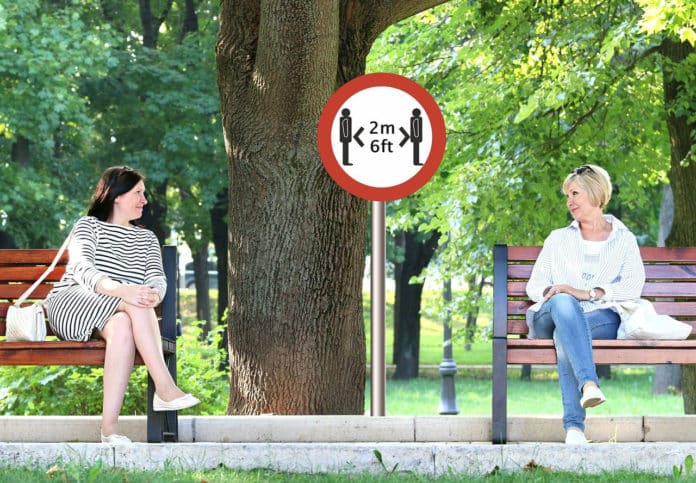According to Dr. Robin Thompson, a junior research fellow in mathematical epidemiology, social distancing can lessen pass-on rates of COVID-19 generously. His mathematical modeling, given measures currently set up to diminish person-to-person contact, uncovers a situation wherein case numbers could be decreased by practically 90%.
The model suggests that:
- Without social distancing, one coronavirus sufferer could, in six weeks, have started chains of transmission with 1,093 cases.
- With social distancing, the same sufferer could, in six weeks, have started chains of transmission with 127 cases.
Dr. Thompson’s work depends on the reasoning that a person infected with Coronavirus will pass it onto three others through the span of their disease. In a further, those three persons will have passed it onto another three individuals. Every week, every individual will infect three more individuals so that, after six weeks, the initial individual will have started a chain of transmission, leading to more than 1,000 cases.
But, Dr. Thompson says, introducing social distancing and the picture is very different. On the off chance that we are generally ready to decrease our useful contacts by one third, there is an emotional contrast in the quantities of infections. On this premise, following a month and a half, there would be 127 cases altogether.
Dr. Thompson says, “Social distancing, he maintains, removes any question of people wondering whether they or a particular individual has the infection. Social distancing is of clear public health importance. It involves all of us reducing our contacts, irrespective of whether or not we think we are carrying the virus. It means that infected individuals are less likely to transmit the virus, and healthy individuals are less likely to contract it.”
“It’s tough to self-determine whether or not we’re infected. Even if we are carrying the virus, we may have no or very few symptoms. We could, therefore, be spreading the virus without even knowing it.”
“Most people are following social distancing measures and reducing their social contacts. But, We all need to go shopping sometimes. However, by following social distancing, we can all make a difference.”
“It’s all of our responsibility to avoid going on a hike where lots of people group together…Social distancing works.”
“While social distancing is currently necessary, it is not required for outbreaks of other diseases: For SARS, social distancing measures were not required because infectious individuals displayed clear symptoms. As a result, the outbreak could be controlled by finding and isolating symptomatic cases. That appears not to be the situation for COVID-19, due to the wide spectrum of symptoms.”
“The results of social distancing may not be seen immediately because of the time lag between transmissions and individuals becoming infected and displaying symptoms. However, as his calculation demonstrates, measures implemented now can be expected to have substantial effects on future case numbers.”
